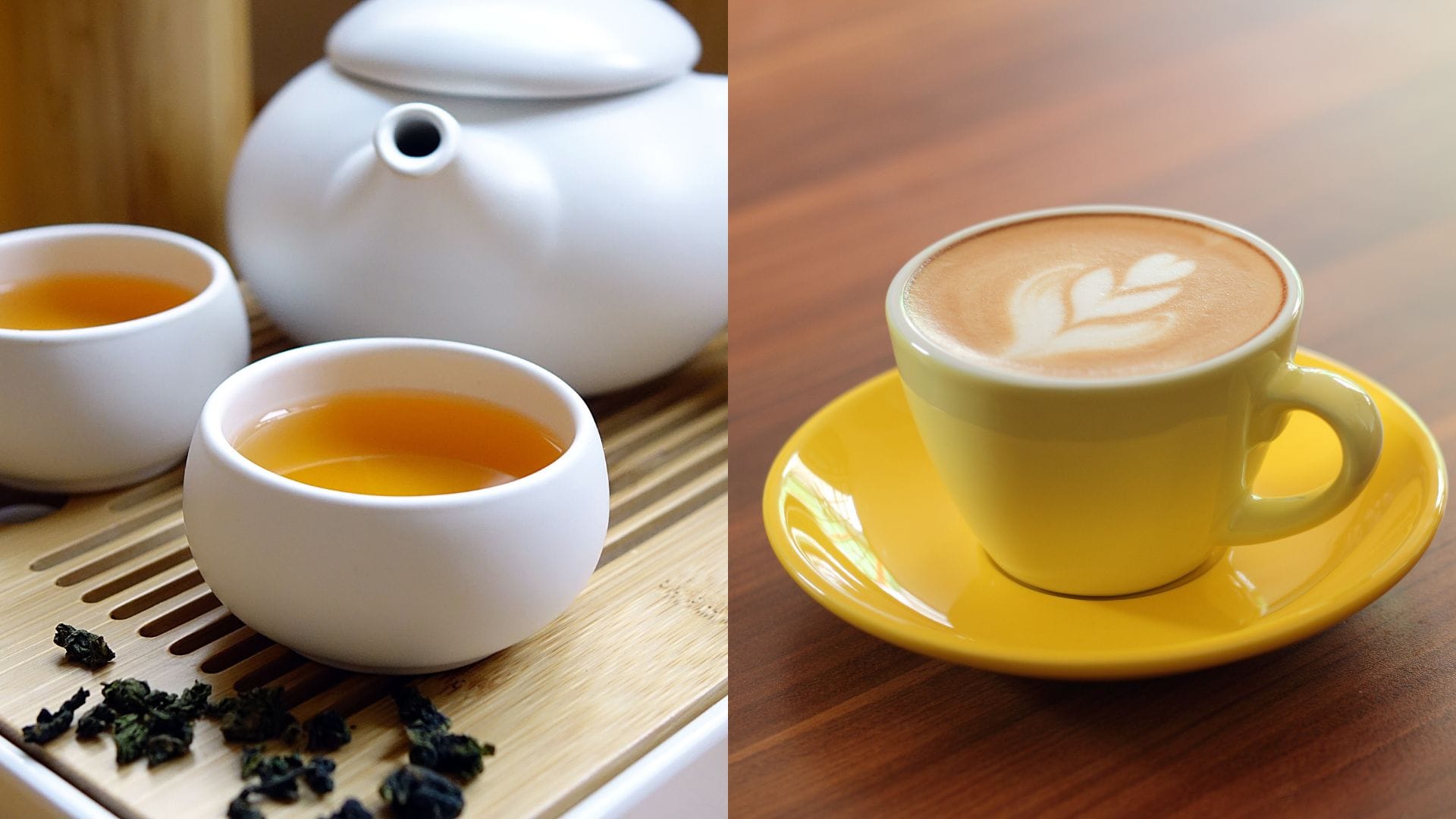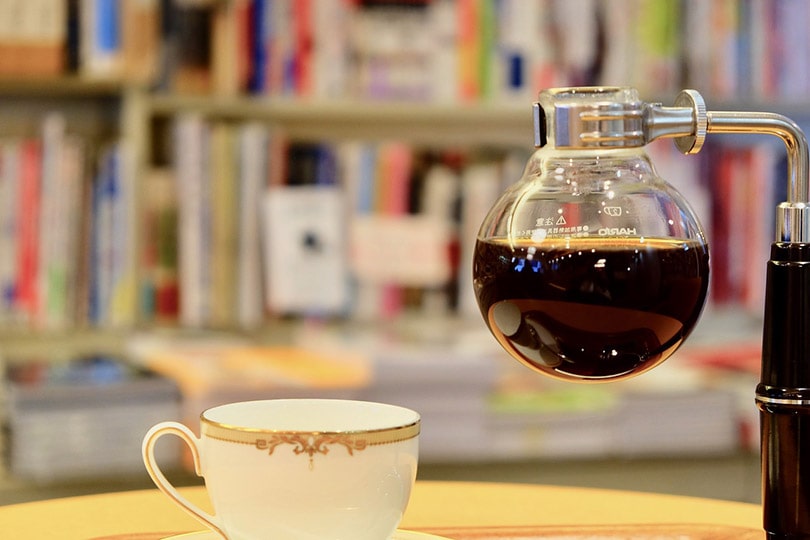
Oolong tea may not be as popular as black or green tea, but it is definitely a favorite among tea lovers. Oolong tea is more oxidized and has more water removed during processing than other teas. Ultimately, this means that it is more concentrated and has higher levels of caffeine.
If you’re looking for a coffee alternative or need a caffeine boost and don’t like the taste of coffee, oolong tea may be an option. While it is not quite as high as coffee, there is more caffeine in oolong tea than in many other teas. The short answer is that Oolong tea has about 36 mg of caffeine per cup, while coffee has about 95 mg.

Caffeine Content Comparison Of Oolong Tea vs Coffee
| Oolong Tea | Coffee |
| 36 mg in 8 oz. | 95 mg in 8 oz. |
How Much Caffeine in Oolong Tea?

Oolong tea has an average of 36 mg of caffeine in an 8-ounce cup. However, this is only an average, and the amount of caffeine in any given cup can vary. If you brew your tea in a small vessel and steep it extensively, you will experience a strong, caffeine-rich cup of tea.
The process of oxidation that oolong tea goes through also means that no two cups are the same. A heavily oxidized version will have more caffeine than a less oxidized version, and they won’t taste the same either.
Here are the different caffeine contents of different brands of oolong tea:
- Pu-erh Oolong — 41.6 mg
- Tea Ren Oolong — 16.6 mg
- China Oolong — 33.4 mg
- Exotica Champagne Oolong — 55.4 mg
If you are drinking it for the caffeine content, however, you will need about 2 cups of Oolong to equal the boost from 1 cup of coffee.

How Much Caffeine in Coffee?

An average 8-ounce cup of coffee contains 95 mg of caffeine. This can also vary according to the type of coffee. A cup of espresso holds much more caffeine than your average home-brewed breakfast blend.
Where Does the Caffeine Come From in Oolong Tea & Coffee?
Caffeine is naturally present in tea leaves when they are cultivated. However, you can do several things to increase or decrease the amount of caffeine in your cup of tea.
- Temperature — Heat dramatically increases caffeine levels, while cooler temperatures will lower the caffeine content in your cup.
- Steeping — When it comes to caffeine, the first steep is the strongest. The longer you steep, the more caffeine you get in your tea.

The Bottom Line
While the amount of caffeine in oolong tea can vary according to the brand, it has approximately half the caffeine of a cup of coffee. This is good news if you are sensitive to high amounts of caffeine, as you won’t be consuming as much in a cup of oolong. It’s easy to brew, and you don’t have to worry about dangerous amounts of caffeine!
Featured Image Credit By: (L) cegoh, Pixabay | (R) ahmd_firdaus, Pixabay













